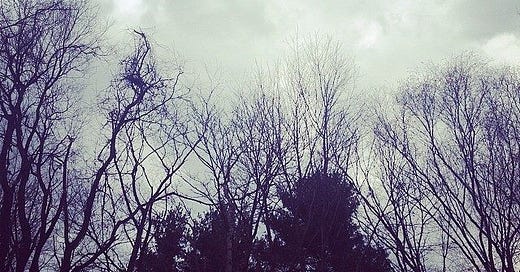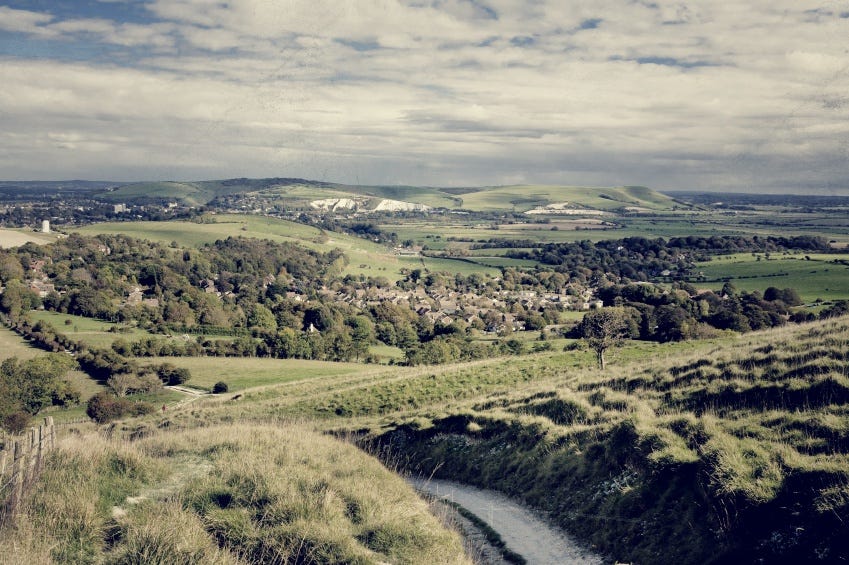A few years ago, Susan and I had a friend visit us for a few days; Simon, who is a remarkable line and watercolor artist specializing in, among other things, dig-side archeological academic renderings and sketches, was going through a challenging time, and we invited him to spend the weekend with us in Connecticut. That Sunday, before we put our friend back on the train for home, we visited the Yale Center for British Art, where, fortuitously, a show called Of Green Leaf, Bird, & Flower: Artists’ Books and the Natural World, which examined the intersection of artistic and scientific interest in the natural world from the sixteenth century to the present day, was on exhibition. Many of the artists’ books were those belonging to amateur naturalists — women and men, mostly from the so-called leisure class, who, dating back to the late 1500s, took their pencils and nibs out into the fields and hills, and watched and looked and drew and clipped and tacked what they found into books. The books — leather-bound, small, like the modern-day Moleskines that many of us carry in our back pockets — were stained with time and sweat. They had a distinctly personal and almost illicit aura; looking at them made me feel both exhilarated and wary, like I was reading someone’s diary and being transported to their past.
There was an audio component to the exhibition: the curator, Elisabeth Fairman, included selections from The British Library’s Sonic Migrations, a massive collection of recorded environmental and wildlife sounds, which complemented the show: you could not only see amateur naturalist sketches of the European Robin, you could listen to it too. Among the audio selections was a birdsong — I don’t know whose it was — recorded in rural England in the early 1940s. As I stood there, headphones on and captivated by the sweet singing, I began to hear a distant low drone, a rumble I thought I was imagining until it grew louder and louder, disappearing for a moment and then returning only vaguely and remotely, until it was gone in a haze. According to the accompanying exhibit information, a squadron of RAF planes had flown over the recording site, maybe a field somewhere near Sussex — my geographical and admittedly romantic guess; Virgina Woolf’s Rodmell was in Sussex — on their way to Germany to execute a bombing mission.
Did they return? Was that inadvertent recording the last earthly trace of one, or two, or more of them?
I listened to it over and over again. I called Susan and Simon over to hear it. We passed the headphones back and forth and stared at each other, a little stunned and wide-eyed, as though we had not only seen the past and heard it, we had somehow seen through it, from a different place in time and space. It was thrilling; it was terrifying. It made my stomach plunge and my throat tighten and the hair on my neck stand up. More than anything else, I found myself longing to know their fate: what were their names? Where were they from? What had they eaten that day?
Did they come home?
We passed the headphones back and forth and stared at each other, a little stunned and wide-eyed, as though we had not only seen the past and heard it, we had somehow seen through it, from a different place in time and space.
Keep reading with a 7-day free trial
Subscribe to Poor Man's Feast to keep reading this post and get 7 days of free access to the full post archives.






